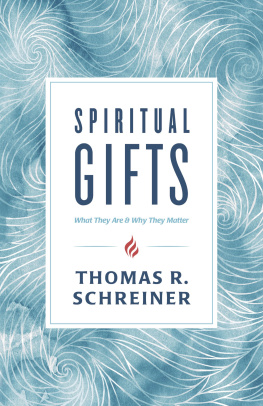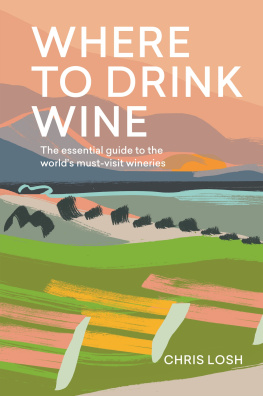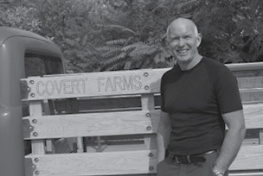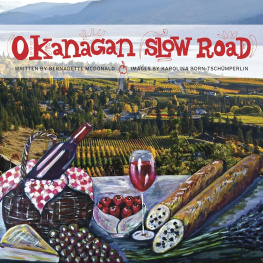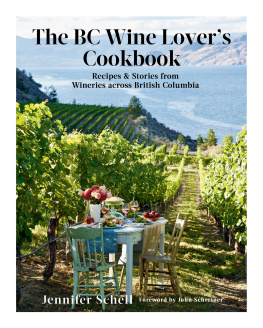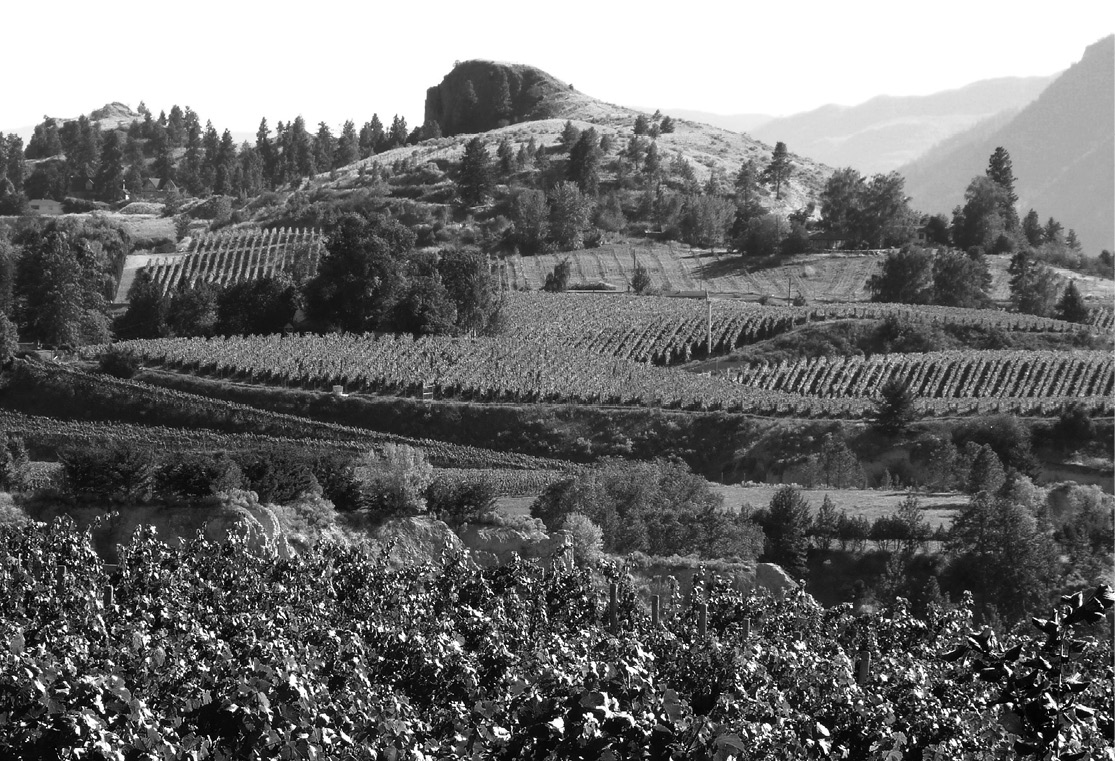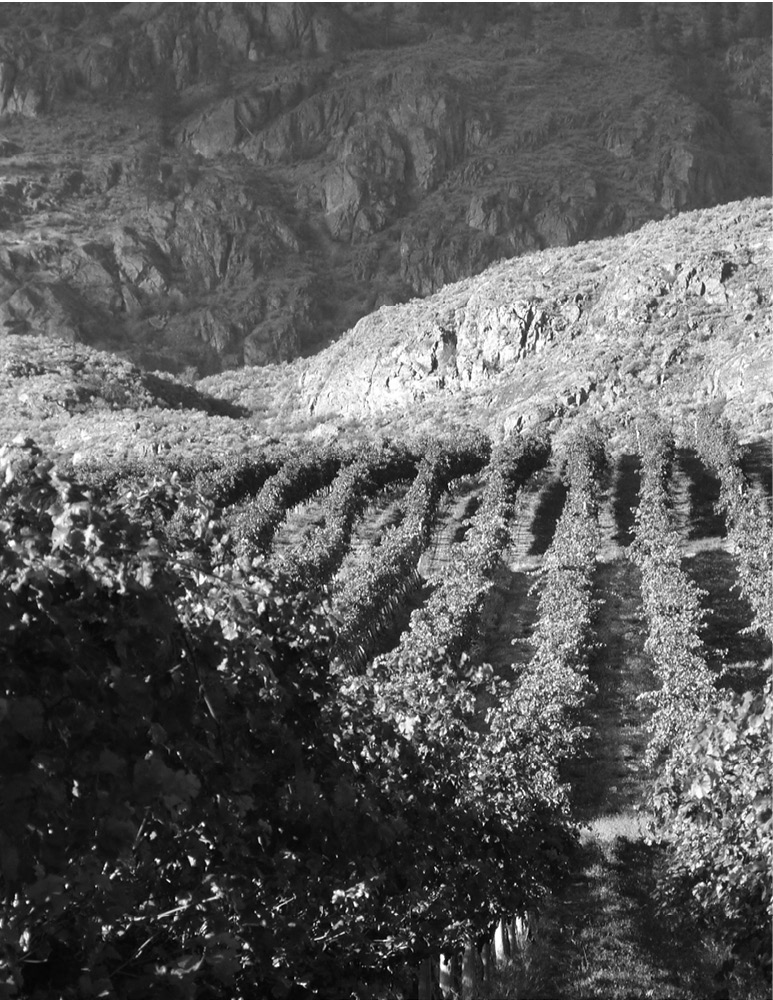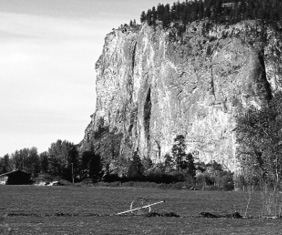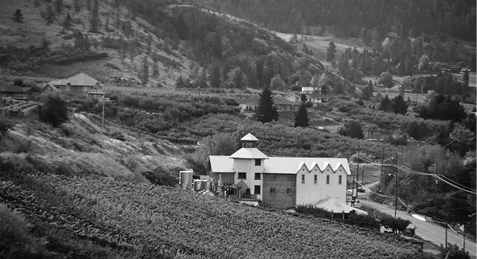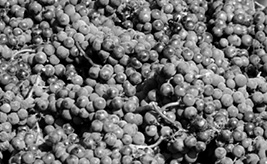john schreiners
okanagan wine tour guide
the wineries of british columbias interior
5th edition
To Marlene. Without her support, I could not have written this and 14 other books .
contents
Why I Wrote This Book
Geography for Wine Tourists
The Wineries
Useful BC Wine Facts
why i wrote this book
why did i write this book? The answer is easy: I enjoy being around wine people, who are among the most colourful and creative people I know. I like what they produce, and derive added pleasure from the wines because I have come to know many producers intimately. I tell their stories in this book in the conviction that you will also get more from the wines if you know the backstories.
I began touring British Columbias wine country about 40 years ago when only a half-dozen wineries were open. The quality of the wines then bore no resemblance to the impressive wines available today. But the optimism and the determination of that early generation of wine growers was enough to bring me back every year. There has been such an acceleration of new wineries that this book has 196 wineries and vineyards profiled, many which are less than 10 years old. Every year there are new wineries to visit and, or so it seems to me, there is always better wine to taste at the old favourites.
One anecdote illustrates how dramatically the wines have improved. Bradley Cooper, now the winemaker at Township 7 and at his own Black Cloud Winery, was a journalist when he made one of his first Okanagan wine tours in the early 1980s. He wanted to select a mixed case (12 bottles) of wines to take home, but found only 10 worth buying. Today, he says, he can fill a case with good wine at almost every winery. This is my experience as well. I travel to the Okanagan and Similkameen several times a year to taste and stock up on those interesting, limited-production wines that do not always make it to local wine stores.
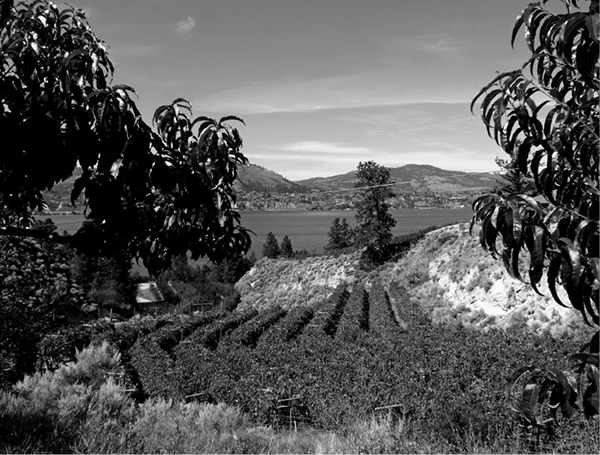
Equally appealing is the passion displayed by wine people. Donald and Elaine Triggs, who opened Culmina Family Estate Winery in 2013, are examples of this compulsive passion. Donald has been a Canadian wine executive since 1972 (except for a seven-year career detour with a British agricultural chemicals company). As chief executive, he built Vincor into the fifth largest wine company in the world until Vincor was taken over in 2006 by Constellation Brands, the worlds largest wine company. At an age when most people retire, Donald and Elaine have ploughed their considerable life savings into a major new Okanagan winery. Retirement to me is a nasty word because it implies stopping, Donald says. I dont think life is about stopping. It is about continuing and doing what you love.
In the tasting rooms I have visited, everyone is having fun. At the kraze Legz Vineyard and Winery in Kaleden, Sue and Gerry Thygesen work hard to imbue visitors with the easygoing atmosphere of a 1920s speakeasy, even wearing period dress and filling the wine shop with the jazz and honky-tonk music of that era. Rustico Farm Winery proprietor Bruce Fuller, decked out in a 10-gallon hat, serves wine informally in tumblers while pinning sheriff badges on visitors who are sworn in as wine deputies. At Van Westen Vineyards, the wines taste even better because of the informal warmth that Rob Van Westen brings to a tasting room that consists of a couple of barrels in an old apple packing house. At Ruby Blues Winery, the effervescent Prudence Mahrer waives the tasting fee for anyone who is smiling. And if they are not smiling when they walk into the wine shop, they certainly are by the time they leave.
The Okanagan and Similkameen valleys are among the worlds most scenic wine regions, although this is not always appreciated. Summerland-born Tony Holler, a pharmaceutical entrepreneur who became one of the owners of Poplar Grove Winery, recounts being on a business trip in California in 2004 that included a day in the Napa Valley. He was awestruck by the vineyards and winery architecture until his wife, Barbara, interjected, saying Tony, wake up, the Okanagan Valley is far more beautiful than this valley... and its got a big lake. Deciding she was right, he bought his first vineyard property a few months later on the Naramata Bench and then built a home beside the lake.

Besides wine and scenery, the valleys are fascinating studies in geology, ecology and First Nations culture. I would refer students of geology to a book published in 2011 by the Okanagan Geology Committee, called Okanagan Geology South: Geological Highlights of the South Okanagan Valley, British Columbia. The Desert Centre near Osoyoos provides guided walks through Canadas only pocket desert. The self-guided tour at the Burrowing Owl Estate Winery includes information on the fragile environment of the South Okanagan. The excellent NkMip Desert Cultural Centre next to the NkMip Cellars winery interprets the history and culture of the First Nations. The tranquil gardens at the Pacific Agri-Food Research Centre near Summerland offer the perfect spot to relax between winery visits. The Kettle Valley Trail ascends from Penticton and leads along the upper border of the Naramata Bench, providing stunning vineyard panoramas. The Golden Mile Trail on the hills above the Tinhorn Creek winery offers breathtaking views of the South Okanagan.
This is the rich tapestry in which the wineries operate. I have never tired of exploring it. Neither will you.
geography for wine tourists
the following is a quick guide to wine country geography, from the south to north, starting with the Similkameen Valley and proceeding to the Okanagan Valley, the Shuswap region and the Thompson River Valley. The list of wineries included in each region makes it easier to plan wine tours. The order assumes that you enter wine country at the south end, by way of the Crowsnest Highway (No. 3). Reverse the order if you enter wine country from the north, by way of the Trans-Canada and Highway 97. You can also start in Kelowna (getting there by car via the Coquihalla Highway or by air) and head north or south, depending on where your favourite wineries are located.
the similkameen valley
The Similkameen is a narrow valley, with steep, brooding mountains on both sides and a passive river (except during spring floods) winding along the valley bottom. There is very little rain or snow and the persistent wind adds to the desert-like dryness. With nearly 300 hectares (740 acres) of vineyard, the Similkameen is dwarfed as an appellation by the Okanagan, which is 20 times the size. Under irrigation, all but the late-ripening vinifera grapes grow here in a climate marked by 181 frost-free days, more than 2,000 hours of sunshine, blistering summer heat and occasional sharply cold winter days. There are numerous other farms in the valley, growing tree fruits, vegetables and grains. About half of the farms are organic, perhaps the highest concentration of organic farms in British Columbia. In Keremeos (population 1,200), the excellent fruit stands at either end of town are crowded with buyers all season long.


